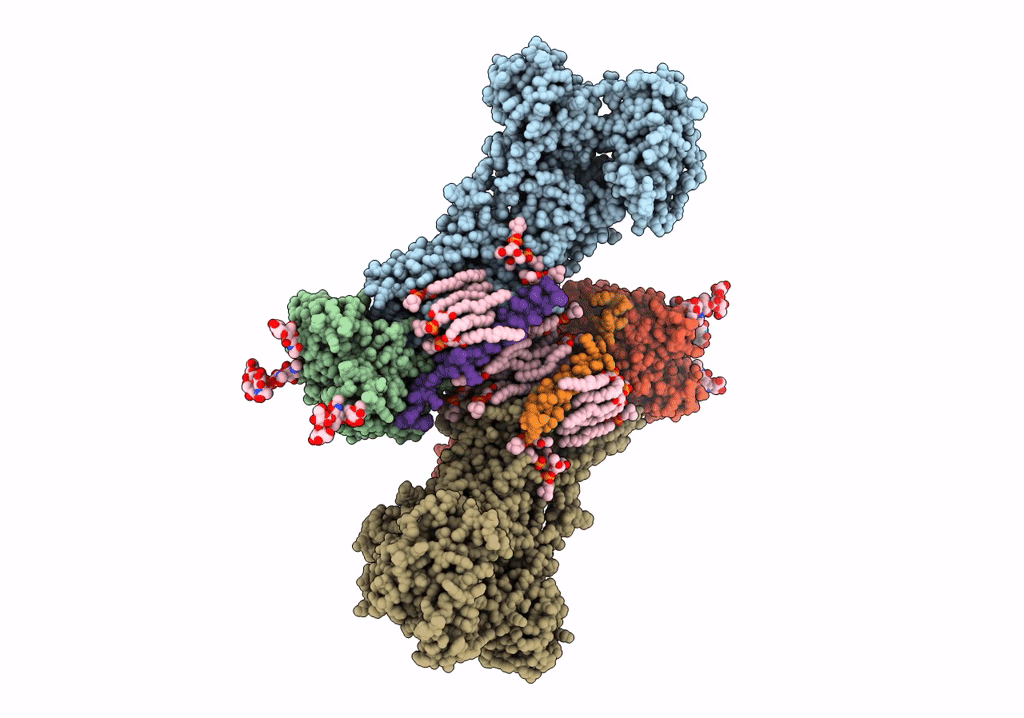
Deposition Date
2022-06-14
Release Date
2022-07-13
Last Version Date
2024-10-30
Entry Detail
PDB ID:
7Y45
Keywords:
Title:
Cryo-EM structure of the Na+,K+-ATPase in the E2.2K+ state
Biological Source:
Source Organism:
Squalus acanthias (Taxon ID: 7797)
Method Details:
Experimental Method:
Resolution:
3.30 Å
Aggregation State:
PARTICLE
Reconstruction Method:
SINGLE PARTICLE


